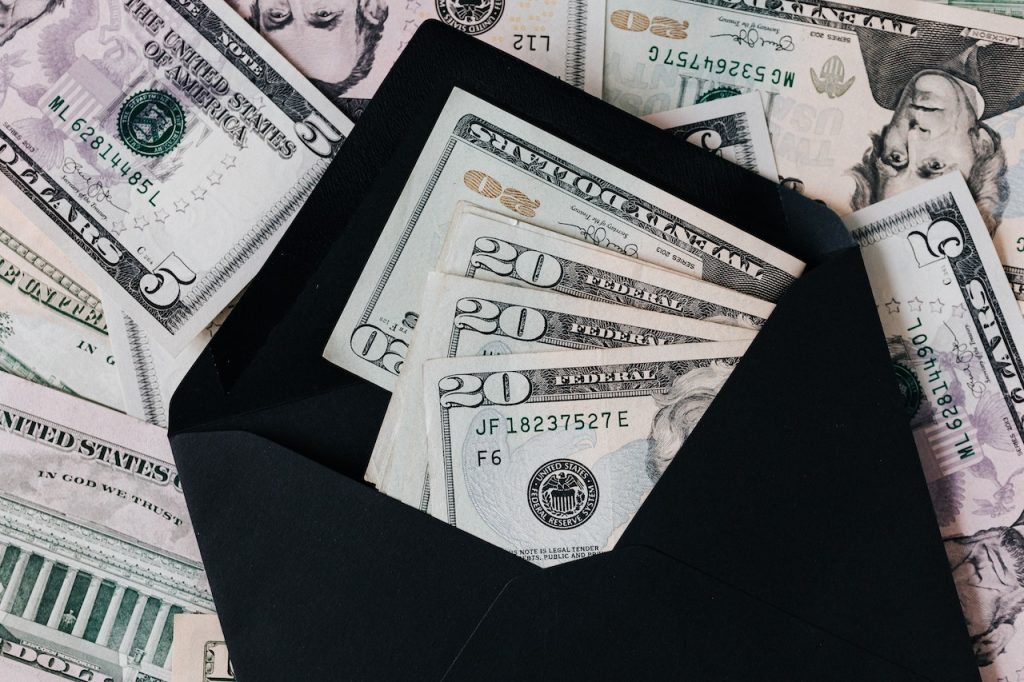Whether you’re interested in generating more income, benefitting from long-term property appreciation, or just diversifying your overall investment portfolio, it could be a good idea to buy a rental property.
The rental property management strategy is relatively straightforward. You buy a rental property in an area that’s in demand (but preferably with relatively low housing prices). You continue making payments on that property while collecting rent that exceeds your monthly expenses. Then, you pocket the profits – all while your property continues to increase in value.
The problem is, buying a rental property requires a minimum down payment – usually 5 percent of the purchase price as a minimum – as well as cash for things like a home inspection, closing costs, and peripheral expenses.
How are you supposed to save up enough cash for this investment when you have so many other financial responsibilities to juggle?

Phase One: Analyze Your Current Finances and Set a Target
First, you should spend some time analyzing your current finances and set a target. How much money do you need to initially purchase a rental property and when do you want to have that money available?
There are several things you’ll need to keep in mind here. For example, you’ll need to plan to make a down payment. While 5 percent is usually considered the minimum down payment for a property, you may want to consider putting 20 percent (or more) down to avoid PMI and increase your equity stake.
You’ll also need to think about closing costs, home inspections, and other peripheral costs.
On top of that, you’ll need to be familiar with local market dynamics, so you can be prepared for real estate price fluctuations in your area.
Phase Two: Cut Expenses
After you’ve set a goal for yourself, you can start actually saving money. The easiest way to do that is to cut expenses from your budget.
These are some good ways to begin:
· Consider relocating. If you’re serious about improving your personal financial position, and you currently live in an expensive area, consider moving. Sometimes, moving to a smaller place in a neighborhood just a few minutes away could end up saving you hundreds of dollars per month in living expenses.
· Rethink your travel. Transportation can be expensive, especially if you drive a car. Taking the bus, riding a bike, or walking to your destinations could be viable and inexpensive alternatives.
· Minimize luxuries and entertainment spending. Almost all of us can stand to cut some luxuries and entertainment spending. Do you really need all those subscriptions streaming services? Can you live with going out to eat only once or twice a month?
All these little changes add up, potentially allowing you to save hundreds of dollars every month and thousands of dollars every year.

Phase Three: Maximize Income
If you want to accelerate your savings, or if you’re having difficulty cutting your budget, you should also consider maximizing your income.
· Pick up extra hours. If your job allows, consider picking up extra hours, especially if those are overtime hours. Even a few extra shifts each month can give you significantly more money to put away.
· Get a second job (temporarily). If your current job doesn’t afford you this type of flexibility, consider getting a second job temporarily.
· Start a side gig. If you don’t want to formally start another job, you could always pick up an easy side gig. There are countless side gigs that are constantly in demand; you can write freelance articles, practice freelance photography, walk dogs, sit houses, blog, teach, coach/consult, or drive for a ridesharing service if you have a vehicle.
Buying Subsequent Rental Properties
Here’s some good news for you. Once you acquire your first rental property, you’ll have a much easier time saving money and purchasing subsequent rental properties. You’ll be able to snowball your earnings and accumulate another down payment in a relatively short period of time.
For example, let’s say you buy a rental property for $200,000 with a $10,000 down payment. This rental property generates $2,200 of monthly income, while your monthly expenses are usually around $1,800. This gives you $400 of profit each month, or close to $5,000 each year. After just two years, you should have close to $10,000, which you can use as a down payment for your future property.
Obviously, this example is overly simplistic, but it demonstrates the general principle effectively.
Saving up money to buy your first rental property can be a challenging endeavor, but it will be worth it in the end as long as you choose the right rental property to start with. With your rental property portfolio effectively started, you’ll instantly be in a much better financial position.


